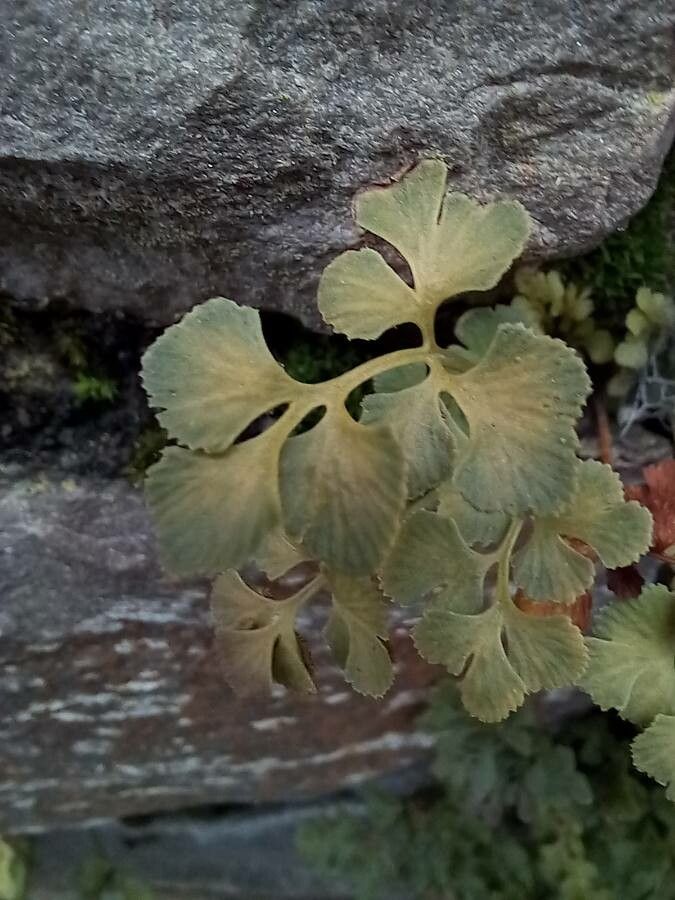## Indian Rubbervine: A Comprehensive Guide
The Indian Rubbervine, a captivating member of the Apocynaceae family, is a striking climbing plant known for its glossy foliage and unique milky sap. Its botanical name often adds to the intrigue, though less commonly used than its common name. This comprehensive guide will equip you with the knowledge to successfully cultivate this beautiful vine, whether indoors or outdoors.
### Habitat and Growth
Native to tropical regions, the Indian Rubbervine thrives in warm, humid environments. In its natural habitat, it climbs trees and other structures, reaching impressive lengths. As a houseplant, it can still reach significant size, making it a dramatic addition to a sunroom or conservatory. Providing ample support is crucial for optimal growth, encouraging the vine to climb and display its full potential.
### Sun Exposure and Soil Needs
Indian Rubbervines prefer bright, indirect light. Direct sunlight can scorch their leaves, resulting in unsightly brown patches. A location with filtered sunlight, or bright shade, is ideal. Experiment to find the perfect balance of light in your specific environment.
The soil should be well-draining and rich in organic matter. A mix of potting soil and perlite or coco coir provides excellent drainage and aeration, preventing root rot, a common problem for this plant. Avoid overly soggy conditions.
### Watering and Fertilizing
Water thoroughly when the top inch of soil feels dry. Allow the soil to dry slightly between waterings to prevent overwatering. During winter months, reduce watering frequency. Overwatering is a major cause of plant decline in Indian Rubbervines, so err on the side of caution.
Fertilize monthly during the growing season (spring and summer) with a balanced liquid fertilizer diluted to half strength. Avoid fertilizing during the dormant period (fall and winter).
### Propagation
Propagating Indian Rubbervine is relatively straightforward. Stem cuttings are the most common method. Take 4-6 inch cuttings from healthy stems, removing the lower leaves. Dip the cut ends in rooting hormone and plant in a well-draining potting mix. Keep the cuttings moist and in a warm, humid environment until roots develop, typically within several weeks.
### Pruning and Maintenance
Regular pruning is essential to maintain the shape and size of your Indian Rubbervine. Pinch back new growth to encourage bushier growth and prevent the plant from becoming leggy. Remove any dead or damaged leaves or stems as needed.
### Potential Pests and Diseases
While generally hardy, Indian Rubbervines can be susceptible to pests such as mealybugs and spider mites. Regularly inspect the plant for signs of infestation. Treat infestations promptly with insecticidal soap or neem oil.
### Toxicity
It's crucial to note that the Indian Rubbervine contains a milky sap that is toxic if ingested. Keep it out of reach of children and pets.
By following these care guidelines, you can enjoy the beauty and elegance of the Indian Rubbervine for years to come. Its lush foliage and unique character make it a rewarding addition to any plant collection.
Indian Rubbervine: Care Guide & Growing Tips

Frequently Asked Questions
How to propagate Indian Rubbervine?
Propagation is best done via stem cuttings. Take 4-6 inch cuttings, dip in rooting hormone, and plant in well-draining moist soil. Keep warm and humid until roots appear (several weeks).
What type of soil does an Indian Rubbervine need?
Indian Rubbervines thrive in well-draining soil rich in organic matter. A mix of potting soil and perlite or coco coir is recommended to prevent root rot.


